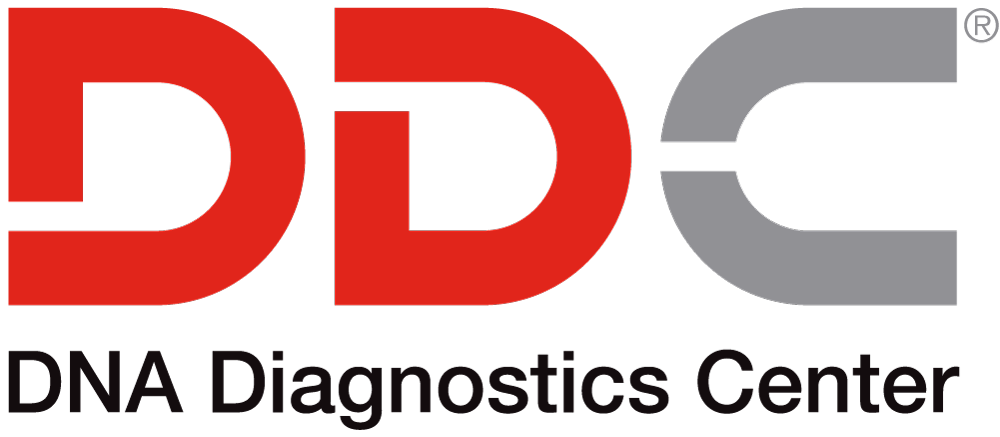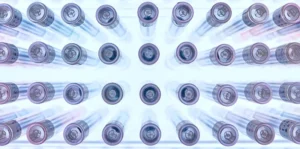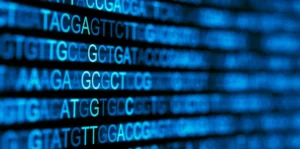AUGUST 2, 2014
How Does DNA Replication Work?
For any living thing to survive, DNA molecules must be copied exactly within a body. Sit down a few moments and enter the fascinating world of how a body re-generates itself, one tiny bit at a time. We’re about to lay some genetic science knowledge down for you.
First and foremost a complex biochemical reaction occurs in between cell divisions, resulting in two daughter cells containing the exact same genetic code as the original parent cell. Various enzymes and proteins are responsible for copying up to three billion base pairs of the double-stranded DNA molecule. Understanding the components of the molecule and how replication works is the foundation for advanced techniques such as DNA for immigration matters, paternity, and maternity testing.
What Is DNA?
DNA, or deoxyribonucleic acid, is a double-helical molecule that contains all the genetic information in a cell. It’s made of nucleotides of which there are four types – guanine, cytosine, adenine, and thymine. Adenine can only bond to thymine, and cytosine can only bond to guanine. This is called complementary base paring and these bonds are important to how the parts of DNA are assembled during replication.
Nucleotide base pairs are held together by hydrogen. Carbon, oxygen, and nitrogen atoms are also found in the structure. The supporting backbone, or outer fringe of the helix, is held together by covalent bonds between sugars on the opposing nucleotides and phosphate molecules. Each chromosome in a cell is composed of tightly coiled DNA molecules.
There are three major steps to replication, all of which must occur before the cell undergoes division, or mitosis.
Initiation
Replication starts as part of the DNA molecule is unwound by helicase. This enzyme attaches to it, breaks the hydrogen bonds between the base pairs, and moves along as each strand becomes two chains of polynucleotides. Since it would take about a month at the pace human DNA is replicated (around 50 base pairs per second), the process initiates at several points along a chromosome. This coordination of replication clusters is call the replication-timing program and has become a much studied phenomenon in genetics.
Priming
An enzyme identified as primase attaches to each separated strand. It assembles a primer, a nucleotide structure on which the new strand of DNA will build on. It is where a large molecule called DNA polymerase wraps onto. It then interacts with the exposed bases on the strand.
Replication
DNA polymerase starts in one direction, using the genetic code as a template to build a lead strand, and also rebuilds the double helix structure. A second variation moves in the opposite direction to actually synthesize the new DNA. New nucleotides, floating free around the DNA, are attached to the exposed bases within the enzyme. The lagging strand, from which the template is built, is put back together by another enzyme called DNA ligase I.
Two DNA molecules are formed and match one another exactly. Base pairing makes this possible, since only specific bases can match. Even though both strands of DNA have been separated, each one stays intact and will allow for new complementary strands to be formed later on. Since one half of the molecule is old and the other newly built, the replication process is called semi-conservative. The preservation of genetic information is a key indicator to determining familiar relationships and heredity.
Control
Positive and negative control mechanisms have been discovered in DNA replication. These are important because there are multiple origin points where replication starts. Replication bubbles form as two double strands expand from the origin points.
Positive control of replication: An Origin Recognition Complex remains at the origin point of replication. Licensing factors or complex proteins bind to it, and coat the DNA with MCM proteins. Only DNA with this coating can be replicated. The MCM proteins separate just before the point of replication as two strands form.
Negative control of replication: Geminin is a protein that prevents the MCM proteins from attaching to new DNA. It degrades once mitosis is complete and the DNA can begin replication again.
DNA Replication and Genetic Testing
In their specific sequence, the nucleotide base pairs serve as the code for growth, development, and all of the functions which occur in the body. There are billions of nucleotide pairs in human DNA. A portion of these base pairs are the primary focus of DNA testing.
Genetic lab testing measures thedifferences in base pairs between samples. Since DNA sequences are nearly the same in everyone, one only has to look at 0.5% of the genetic code to identify biological relationships between people. Geneticists look for relatively short, repetitive sequences of DNA scattered throughout the chromosome, called short tandem repeats. Varying in size, the fragments of short tandem repeats, called alleles, are inherited from each parent. These alleles and their markers are compared on a DNA test report to help match the DNA of child, mother and father.
About DNA Diagnostics Center (DDC)
DNA Diagnostic Center is the world leader in paternity and relationship testing. We serve healthcare professionals, government agencies, and individuals around the world to determine family relationships with trusted accuracy.
More Questions? Don’t hesitate to call us: we’re here to help!
CALL NOW





